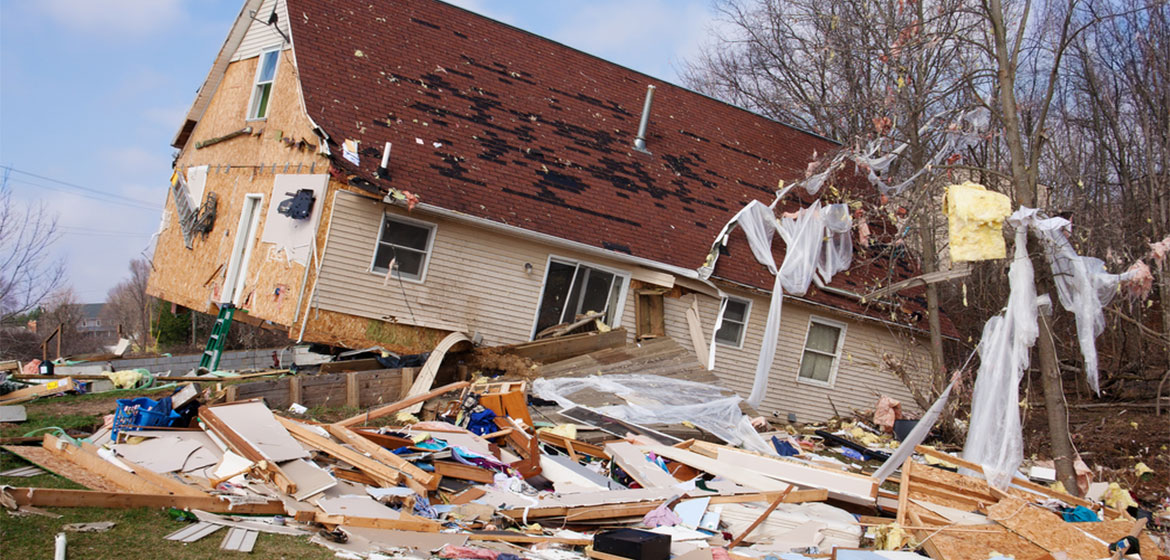How To Properly Document Storm Damage Before You File A Claim

When your property is affected by a storm, documenting the damage is essential for insurance claims and the overall recovery process. Properly documenting storm damage provides evidence of the extent of the destruction, helps ensure fair compensation, and facilitates a smoother claims process. In this post, we will discuss the key steps to effectively document storm damage before filing an insurance claim.
Ensure Safety First
Before documenting storm damage, prioritize your safety and the safety of others. Assess the immediate surroundings for potential hazards, such as unstable structures, downed power lines, or standing water. If there are any safety concerns, evacuate the area and seek professional assistance before proceeding with documentation.
Take Photographs and Videos
Visual documentation is crucial in accurately capturing the extent of storm damage. Use a digital camera or smartphone to take high-resolution photographs and videos of the damaged areas. Capture multiple angles, close-ups, and wide shots to provide a comprehensive view. Focus on specific areas of damage, such as the roof, siding, windows, and any personal belongings affected by the storm.
Document the Date and Time
Note the date and time when the storm damage occurred. This information is important for insurance purposes and helps establish a timeline of events. If possible, take photographs or videos that include a timestamp feature, or make a written record of the date and time immediately after the storm.
Capture the Details
While photographing and filming the damage, pay attention to capturing important details. Include close-up shots that clearly show specific types of damage, such as broken windows, fallen trees, or roof shingles. Document any visible signs of water intrusion, mold growth, or structural issues. These details will provide valuable evidence during the claims process.
Make a Written Inventory of Damaged Items
Create a detailed inventory of damaged items within your property. Include descriptions, estimated values, and their pre-damage conditions, if possible. This inventory will assist you in accurately reporting the loss to your insurance company and facilitate the claims process. Include furniture, appliances, electronics, personal belongings, and any other damaged items.
Seek Professional Assessments
In addition to documenting the damage yourself, it is advisable to seek professional assessments from qualified experts. Contact reputable contractors, roofers, or building inspectors to conduct a thorough evaluation of the storm damage. Their expertise will provide an unbiased assessment and help substantiate your insurance claim with professional opinions and estimates.
Preserve Evidence of Temporary Repairs
After a storm, it may be necessary to undertake temporary repairs to prevent further damage or ensure the safety of your property. Document these temporary repairs by taking photographs before and after the repairs. Keep receipts for any materials purchased or services hired for these temporary fixes. This documentation will show that you took immediate action to mitigate further damage and can be reimbursed accordingly.
Keep Records of Communication
Maintain a record of all communication related to the storm damage, including conversations with insurance representatives, contractors, adjusters, and any other parties involved. Note down dates, names, and important details discussed during these conversations. This record will help you track the progress of your claim and provide evidence of your proactive involvement in the process.
Don’t Dispose of Damaged Items Prematurely
Avoid disposing of any damaged items until instructed by your insurance company. They may need to inspect the items or collect additional evidence. If it’s necessary to remove or dispose of any damaged belongings for safety or health reasons, take photographs and keep a record of the items and the reason for their removal.
Review Your Insurance Policy
Before filing a claim, review your insurance policy to understand the coverage and deductibles specific to storm damage. Familiarize yourself with the claims process and any deadlines you need to meet. Understanding your policy will help you provide accurate information to your insurance company and maximize your chances of a successful claim.
Properly documenting storm damage is crucial for a smooth and successful insurance claim process. By following these steps, including visual documentation, creating a written inventory, seeking professional assessments, and preserving communication records, you can provide compelling evidence of the extent of the damage and facilitate a fair and timely settlement. Remember to prioritize safety throughout the documentation process and consult with your insurance company for specific guidelines and requirements.